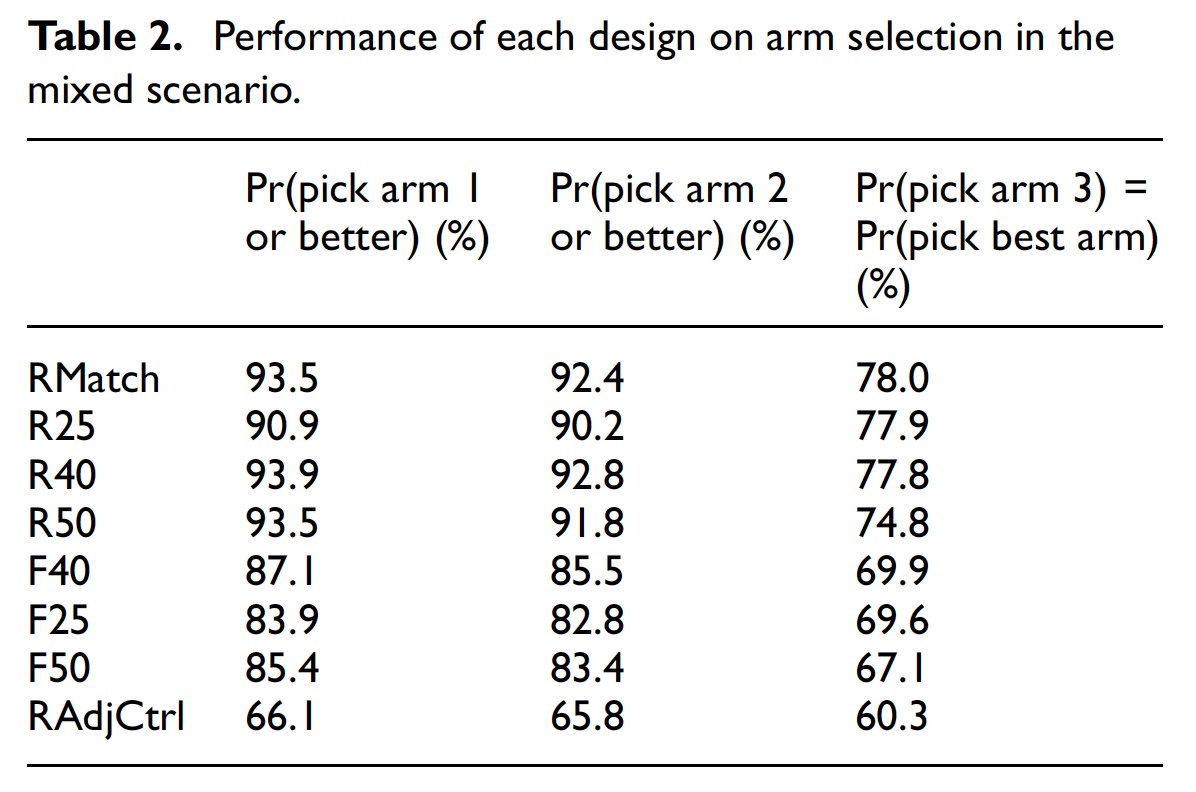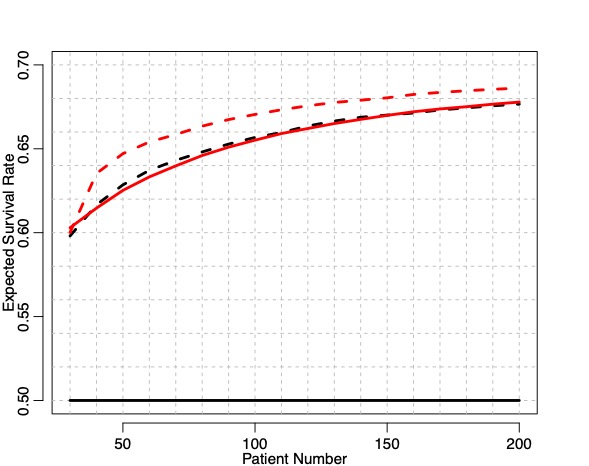ncbi.nlm.nih.gov/pubmed/32222766
ncbi.nlm.nih.gov/pubmed/31630567
Korn Freidlin 2011
ncbi.nlm.nih.gov/pubmed/21172882
Connor et al 2013
ncbi.nlm.nih.gov/pubmed/23849147
Lewis et al 2013
ncbi.nlm.nih.gov/pubmed/23514753
Wason Trippa 2014
ncbi.nlm.nih.gov/pubmed/24421053
Thall et al 2015
ncbi.nlm.nih.gov/pubmed/25979922
Berry et al 2016
ncbi.nlm.nih.gov/pubmed/26768569
Wathen Thall 2017
ncbi.nlm.nih.gov/pubmed/28982263
Ventz et al 2018
ncbi.nlm.nih.gov/pubmed/30646308
Alexander et al 2018
ncbi.nlm.nih.gov/pubmed/28814435
Viele et al 2020
ncbi.nlm.nih.gov/pubmed/31630567







